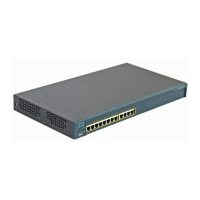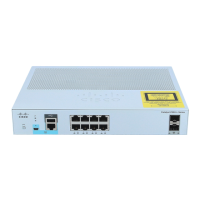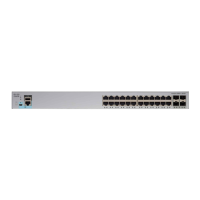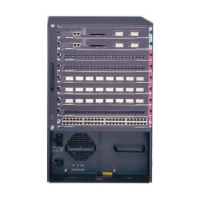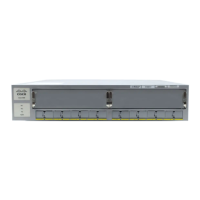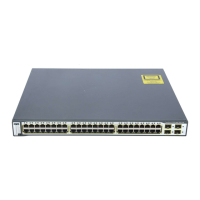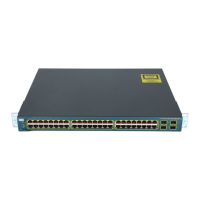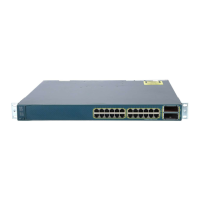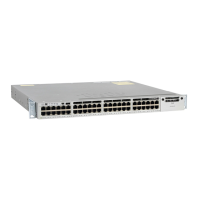Chapter 2 Getting Started with CMS
Features
2-2
Catalyst 2900 Series XL and Catalyst 3500 Series XL Software Configuration Guide
78-6511-05
Features
CMS consists of the following integrated set of Java-based applications for
managing switch clusters and individual switches from a standard Web browser
such as Netscape Communicator or Microsoft Internet Explorer:
• Cluster Manager and Visual Switch Manager (VSM)—Cluster Manager is the
application for configuring and monitoring the switches in a specific cluster.
When launched, it displays a front-panel view of all switches in the cluster.
VSM is the application for configuring and monitoring a standalone switch
or a specific switch in a cluster. It is also the application used to enable a
cluster command switch. When launched, it displays a front-panel view of a
specific switch.
Note You can display VSM for a specific switch from Cluster Builder or
Cluster View by selecting Device > Launch Switch Manager. You
cannot display VSM from Cluster Manager. For more information
about accessing CMS, see the “Accessing CMS” section on page 2-35.
• Cluster Builder and Cluster View—Cluster Builder is the application from
which you can create and modify a specific switch cluster. When launched, it
displays a topology (network map) of the cluster command switch, cluster
members, cluster candidates, edge devices, and the link speeds between all
cluster members.
Cluster View is the application from which you can display connected switch
clusters and neighboring edge devices in your network.
You can toggle between Cluster Builder and Cluster View by selecting
View > Toggle Views. For more information about accessing CMS, see the
“Accessing CMS” section on page 2-35.
The CMS windows use a consistent set of components (such as tabs, buttons,
drop-down lists, and so on), regardless of the CMS application you use. Each
CMS window also includes comprehensive online help, which provides
procedures for performing tasks from the window and high-level concepts.
